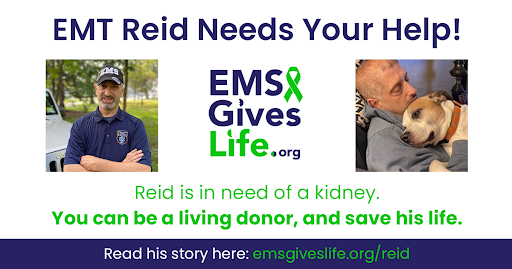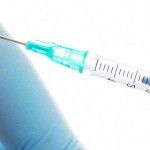On December 15, 2021, the United States Court of Appeals for the Fifth Circuit issued a ruling which modifies an earlier court national injunction related to the CMS mandatory vaccination rules. In the latest ruling, the court upheld the injunction issued by the United States District Court for the Eastern District of Missouri as it applied to the fourteen (14) plaintiff states, Louisiana, Montana, Arizona, Alabama, Georgia, Idaho, Indiana, Mississippi, Oklahoma, South Carolina, Utah, West Virginia, Kentucky, and Ohio. However, it overturned the lower court’s expansion of that injunction to other, non-plaintiff states, in the injunction. Meaning that between the 5th and 8th Circuit Court rulings, the CMS mandatory vaccination injunction only applies to the following 24 states:
5th Circuit Plaintiffs: Louisiana, Montana, Arizona, Alabama, Georgia, Idaho, Indiana, Mississippi, Oklahoma, South Carolina, Utah, West Virginia, Kentucky, Ohio
8th Circuit Plaintiffs: Missouri, Nebraska, Arkansas, Kansas, Iowa, Wyoming, Alaska, South Dakota, North Dakota and New Hampshire.
States not covered by the CMS mandatory vaccination injunction:
California, Colorado, Connecticut, Delaware, Florida, Hawaii, Illinois, Maine, Maryland, Massachusetts, Michigan, Minnesota, Nevada, New Jersey, New Mexico, New York, North Carolina, Oregon, Pennsylvania, Rhode Island, Tennessee, Texas, Vermont, Virginia, Washington, and Wisconsin
This decision, follows another mandatory vaccine related decision issued by the United States Court of Appeals for the Eleventh Circuit which criticized the Louisiana court for expanding the CMS vaccine mandate nationwide given that a Florida District Court had already refused to issue an injunction and because it felt that it was likely that the mandate was likely authorized under current CMS rules.
What does this mean for employers?
If you are an employer in one of the states not covered by an injunction, you should consult with any covered healthcare facility that your organization performs services under contract. These covered healthcare facilities will be required to mandate vaccination for their staff and for any contractor staff that interacts with their employees or patients. Additionally, they will be seeking proof that your staff is vaccinated against COVID-19, unless they have a protected medical or religious accommodation.
Employers should have already taken the initial steps toward compliance with the CMS mandatory vaccination rules, including having a list of all employees with their vaccination status. Additionally, employers should have an established policy related to mandatory vaccination and a procedure for requesting and processing an exception/accommodation requests. Lastly, healthcare institutions may independently institute mandatory vaccination rules for their employees and can require this of anyone entering their facility, including EMS staff.
We will continue to keep you post as these cases proceed through the legal system. These facilities may still independently require your staff to be vaccinated. If your organization has questions or need assistance deciphering or preparing for these requirements, please contact the AAA by emailing hello@ambulance.org.












